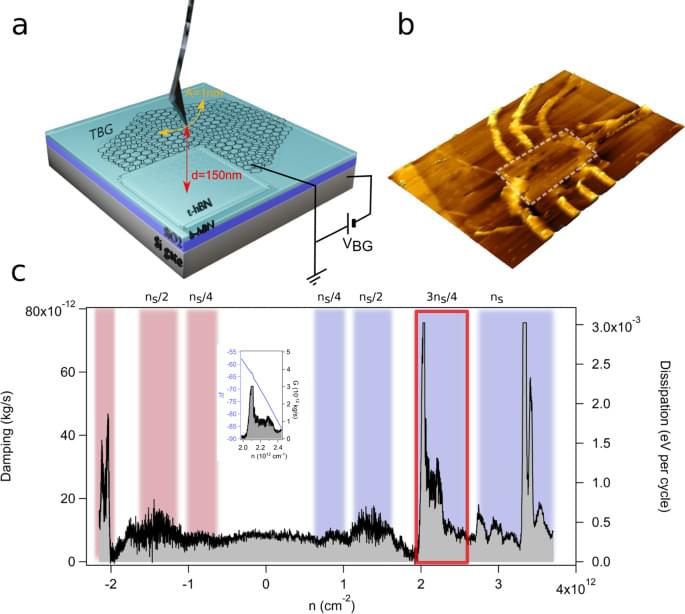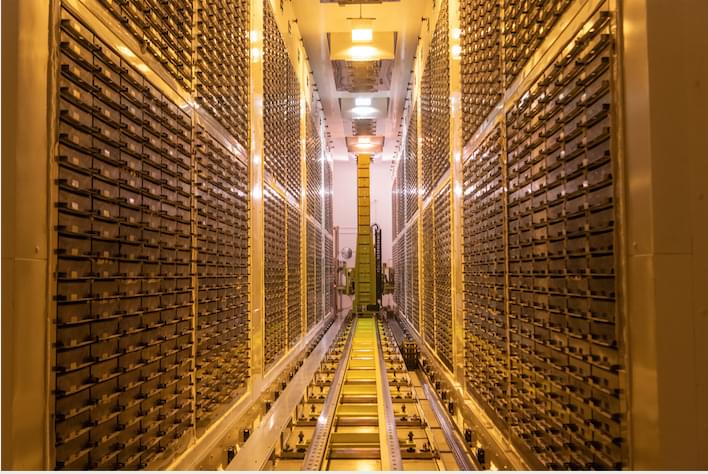Pentoses are essential carbohydrates in the metabolism of modern lifeforms, but their availability during early Earth is unclear since these molecules are unstable.
A new study, published in the journal JACS Au and led by the Earth-Life Science Institute (ELSI) at Tokyo Institute of Technology, Japan, reveals a chemical pathway compatible with early Earth conditions and by which C6 aldonates could have acted as a source of pentoses without the need for enzymes. Their findings provide clues about primitive biochemistry and bring us closer to understanding the Origins of Life.
The emergence of life on Earth from simple chemicals is one of the most exciting yet challenging topics in biochemistry and perhaps all of science. Modern lifeforms can transform nutrients into all sorts of compounds through complex chemical networks; what’s more, they can catalyze very specific transformations using enzymes, achieving a very fine control over what molecules are produced.







